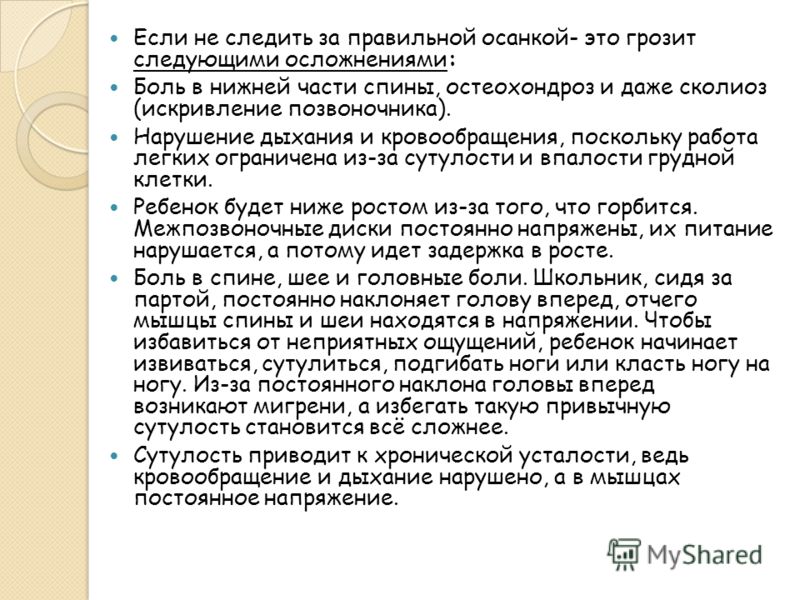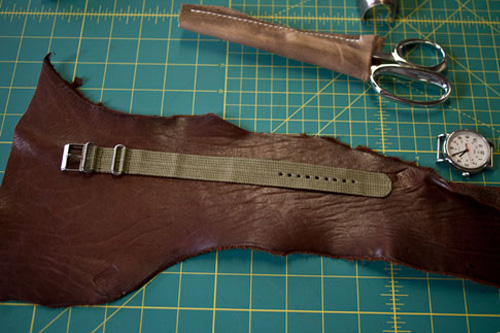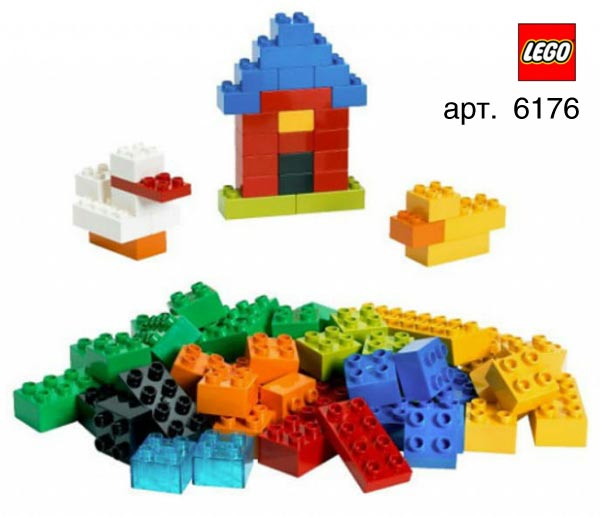Water drop microscope
It is unlikely that the pharmacist Leeuwenhoek would have invented a microscope if he had not had at his disposal a wide variety of lenses. Nowadays, for those who want to make their own microscope, it is more difficult: long-focus lenses that magnify only two or three times are enough in a pharmacy, but short-focus lenses are much more difficult to find. And don't do it yourself.
However, there is a way - and even complex grinding work is not required. You just need to take a strip of tin with a size of 10X60 mm, drill a hole d 3 mm at one of its ends and introduce ... a drop of water into it. Yes, it is she who is that almost ideal short-focus lens - the lens of the future microscope. Please note only that the hole must be absolutely round, and its edges must not have burrs. After processing, the tin strip in the hole area is lubricated with any oil and slightly blotted with a napkin.

1 - tube. 2 - vertical stand, 3 - brackets. 4 - object table. 5 - base, c - holder with hydrolens. 7 - glass.
Now you can take up the manufacture of the device itself. Let's start from the foundation. It requires a piece of chipboard or plywood with a thickness of 20 mm and a size of 100x100 mm. The vertical stand, on which the object table and the microscope tube are fixed, is wooden (oak or beech) with a section of 15X50 mm. How all these parts are connected is shown in the figures. Assembly is carried out on any glue - casein, polyvinyl acetate, synthetic or even bone.
One of the main parts of a microscope is the stage. You can make it from ten-millimeter plywood by cutting a square with a side of 50 mm from it with a hole of 30 × 30 mm in the middle. The table is attached to the vertical stand with two plywood (3 mm thick) scarves, and on them - the axis of the mirror, with which you can direct the beam of light onto the glass slide of the table. The mirror itself is fixed on the axis with pieces of fabric or paper smeared with BF-2 glue.

1.3-sidewalls. 2-table, 4 - axis of the mirror (steel, 0 3 mm), 5-mirror 40X40 mm.
The tube of the microscope consists of two tubes glued from cardboard or from several sheets of thick paper. Determine the diameter of the smaller one using the long focal length lens. In accordance with it, select a suitable wooden or plastic mandrel and glue the inner tube of the tube over it. It is best to use polyvinyl acetate glue. After it dries, wrap another tube over the resulting one. To prevent the second from being firmly connected to the first, lay several turns of paper between them.
Now we need to roughly determine the interlens distance. Fix a ruler on a vertical stand, put, for example, a hair or a thin wire on an object table, prepare a hydrolens - pipette a drop of water into the hole of a tin strip and, taking two lenses in your hands, move until a clear image of the object appears in the lens . Having fixed this position, mark the length of the future tube along the ruler.
Having cut the tubes, attach the eyepiece lens to the smaller one, and cut a hole in the larger one designed to accommodate the hydrolens in it. To exclude backlight, cover the inner surface of the tube with black paper.
- The latest methods of teaching traffic rules
- How to draw pictures by numbers
- Do-it-yourself home digital microscope
- How to choose the right paint for drawing
- When is the best time to sunbathe?
- What kind of bird is better to have in an apartment?
- We put an apostille on the birth certificate on our own
- Is it possible to give flowers in pots - signs
- How to make cat ears
- Gray bag: what to wear and combine?
- How to get started with Faberlic: tips for new consultants
- Bioinsecticide Lepidocid: purpose, properties and application procedure Lepidocide waiting period
- How to change the language to Russian in steam
- Dendrobium noble: room care
- Morphology of plants general concepts - document
- Planting, propagation and care of bamboo at home, photo Growing bamboo from seeds
- How to strengthen the cellular signal for the Internet in the country
- Sanskrit reveals the forgotten meaning of Russian words (2 photos)
- The oldest language Sanskrit programming language of the future Dead language Sanskrit
- Who has dominion over all the earth?








